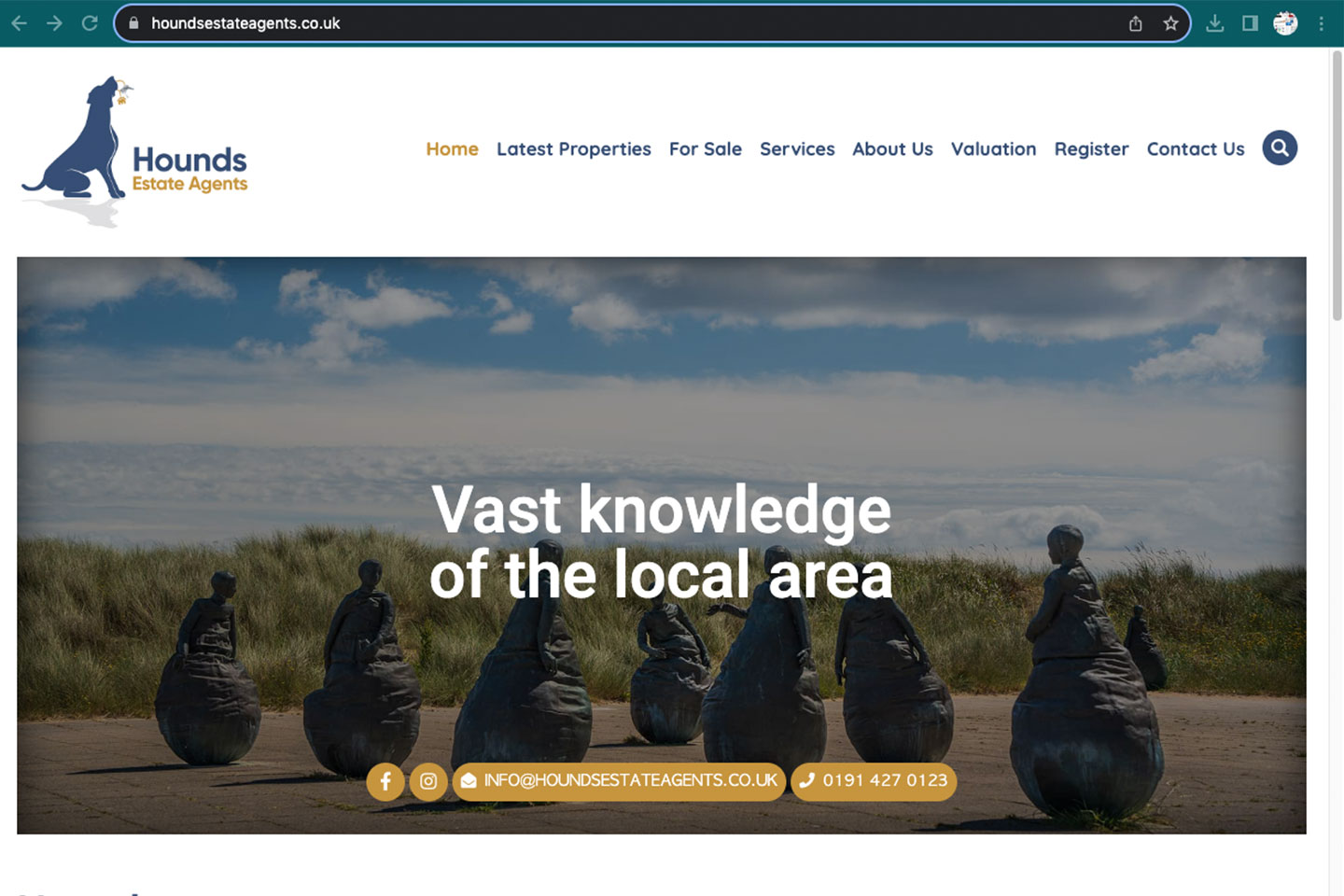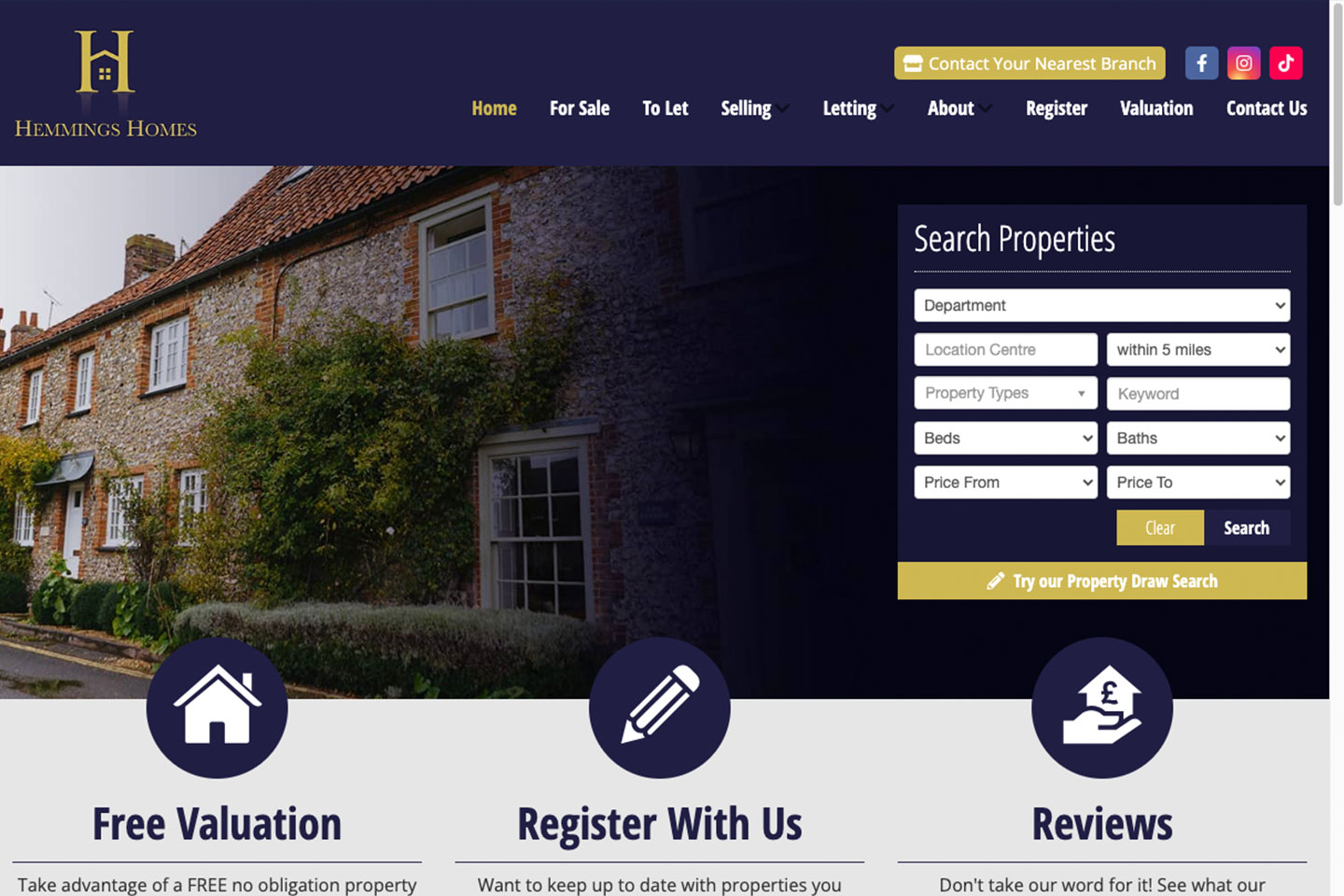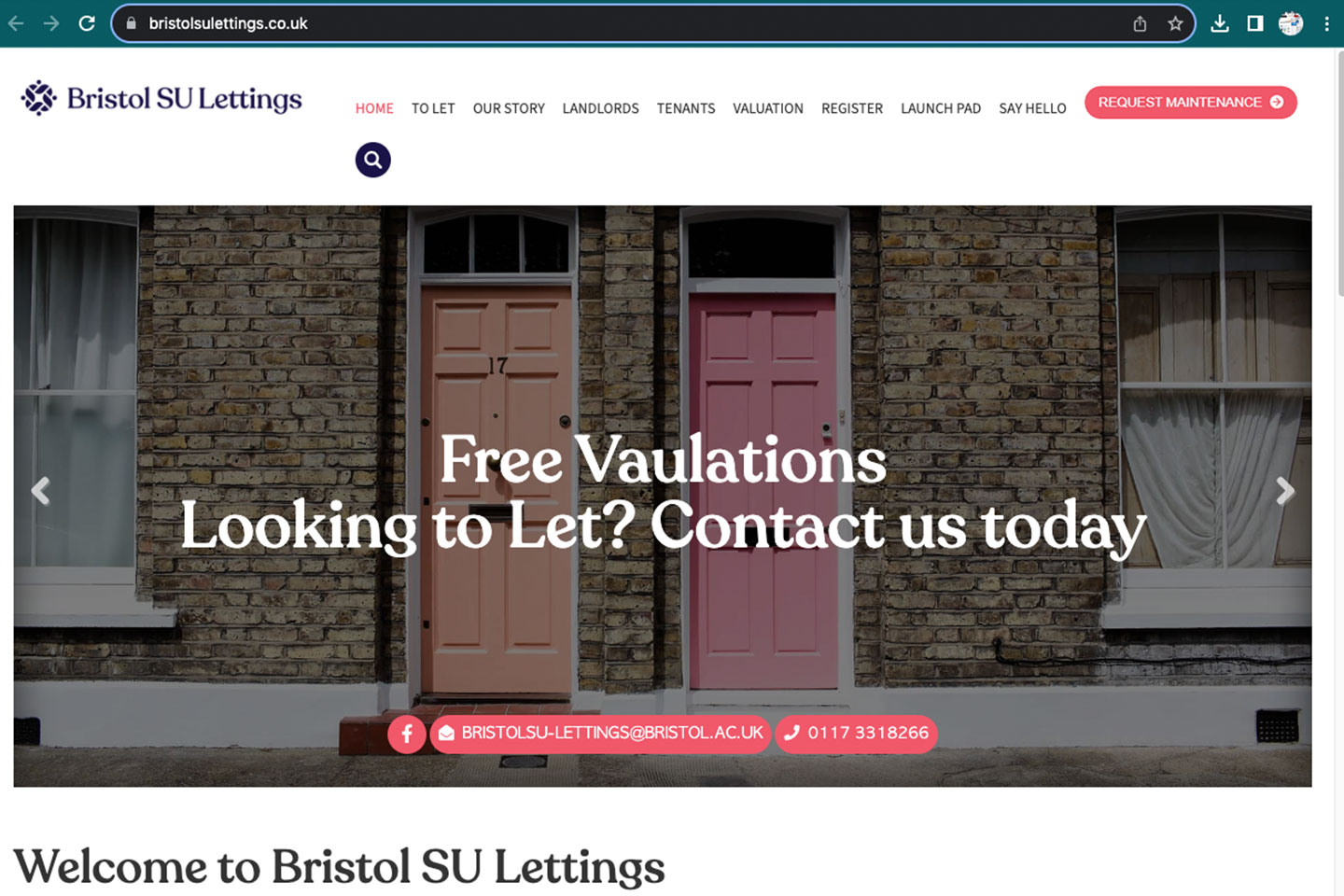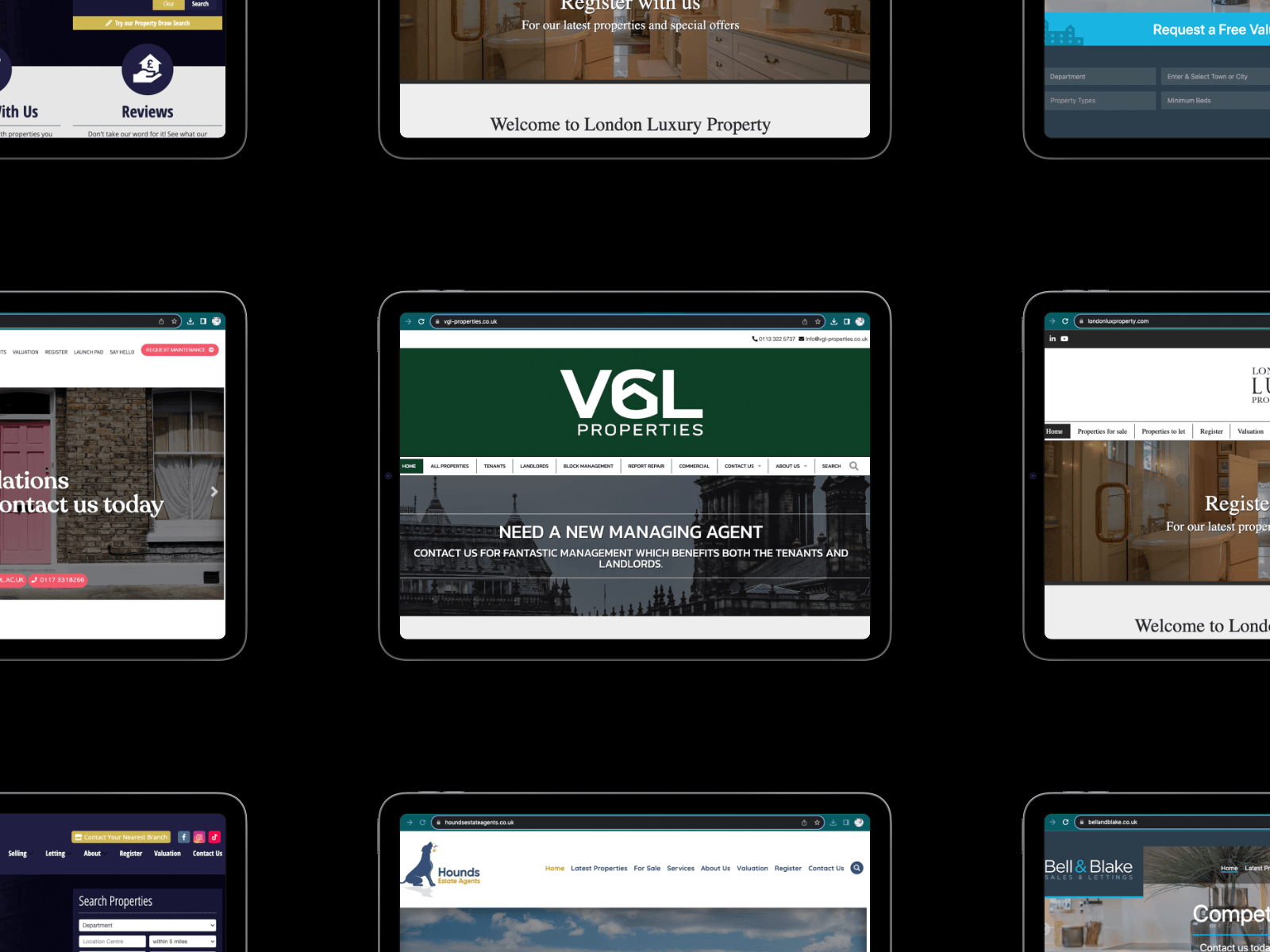OVERVIEW
Zoopla is a leading online property marketplace in the UK, aimed at simplifying the property search and transaction process for potential buyers, renters, and estate agents. This design brief outlines the company’s mission, the challenges faced in the web design industry for estate agents, particularly in the UK, and proposed solutions to address these challenges.
OBJECTIVES
User-Centric Design: Create a user-friendly interface that allows users to easily search for properties, access relevant information, and engage with estate agents.
Mobile Optimisation: Ensure the website is fully optimised for mobile devices, catering to the growing number of users accessing property listings on smartphones and tablets.
Brand Identity: Maintain and enhance Zoopla’s brand identity through cohesive visual design, typography, and imagery that resonate with the target audience.
Integration of Advanced Search Features: Provide robust filtering options that allow users to find properties based on specific criteria such as location, price range, property type, and more.
CHALLENGES
Variety of User Needs: Different user personas, including first-time buyers, seasoned investors, and renters, require tailored experiences, which can complicate the design process.
Data Management: Estate agents often have large datasets comprising available properties, user inquiries, and statistics, necessitating dynamic data management solutions.
SEO and Content Management: Maintaining a high search engine ranking while ensuring that property content is up-to-date and relevant is crucial for visibility.
Competition: The real estate marketplace is highly competitive, requiring Zoopla to continually innovate and offer more engaging features than competitors.
Compliance and Security: Ensuring that the website complies with UK regulations regarding privacy, data protection, and online transactions, as well as maintaining high-security standards.
SOLUTIONS
Persona-Driven User Research: Conduct research to understand the behaviours, needs, and pain points of different user personas in the property market to create a tailored experience for each group.
Flexible CMS (Content Management System): Develop a robust CMS that allows estate agents to easily update listings and content and manage inquiries in real-time, ensuring information remains current.
SEO Best Practices: Implement on-page SEO strategies, including optimised property descriptions, metadata, and schema markup, alongside a strategic content plan to improve organic visibility.
Feature-Rich User Experience: Integrate advanced features such as virtual property tours, interactive maps, and comparison tools to differentiate Zoopla from competitors.
Security Measures: Implement top-tier security protocols, including SSL certification and regular vulnerability assessments, to protect user data and ensure compliance with GDPR and other regulations.
MAINTENANCE STRATEGY
Regular Updates and Testing: Establish a routine for website updates, bug fixes, and performance testing to keep the site running smoothly and efficiently.
User Feedback Loop: Create channels for user feedback to continuously improve website features and usability.
Analytics and Insights: Utilise analytics tools to track user behaviour, engagement, and traffic patterns, allowing for data-driven decision-making.
Training for Estate Agents: Provide training resources for estate agents to maximise their use of the web platform and stay informed about new features and best practices.
CONCLUSION
This design brief sets the foundation for Zoopla’s web design strategy, focusing on user experience, content management, SEO, and security. By addressing the unique challenges faced by estate agents in the UK, Zoopla can enhance its service offerings, increase user satisfaction, and remain at the forefront of the online property marketplace.






